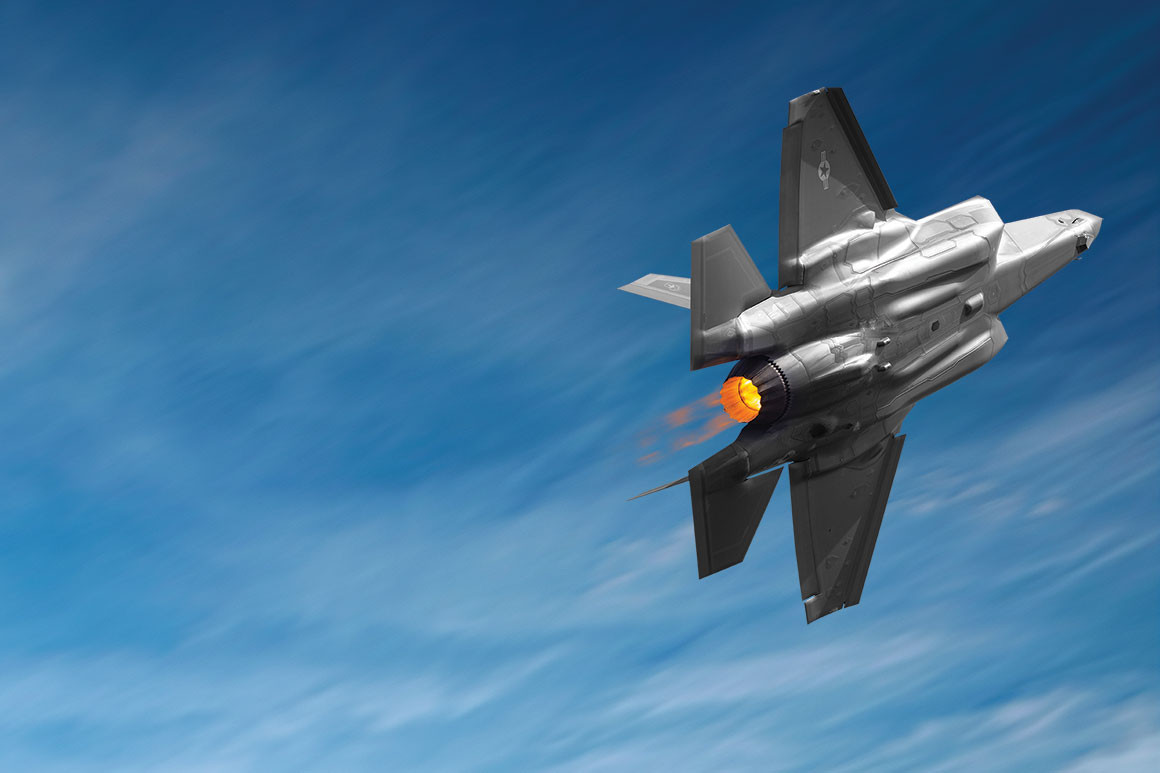Welcome to our comprehensive guide on the future of the F-35 fighter jet. In this article, we will explore the history and development of the F-35, the advanced technologies that make it a game-changer in modern warfare, and the potential future developments that could further enhance its capabilities.
History and Development
The F-35 was developed by Lockheed Martin in response to a need for a versatile, multi-role fighter that could operate in a wide range of environments. The program was launched in the late 1990s and has since become the most expensive weapons system in history, with a projected cost of over $1.5 trillion over its lifetime.
Despite its cost, the F-35 has been a success story for the United States and its allies. It has already been used in combat missions in the Middle East and has proven to be a highly capable aircraft. Its advanced avionics and sensor suite, along with its stealth capabilities, make it a formidable opponent for any adversary.
Upgraded Cooling System: The Key to the Future of F-35
The F-35 fighter jet is the pinnacle of modern military technology. It is a flying data center and command post that can carry out missions of unmatched complexity and precision. However, to maintain its technological edge, the F-35 needs a powerful and efficient cooling system to manage waste heat from its many electronic systems. And this is where the U.S. Department of Defense is turning its attention to updating the F-35.
The Challenge of Cooling
As the F-35’s electronic systems continue to expand, so does its demand for cooling. It is expected to double as military officials add to the already high-tech stack of sensors, jammers, and other systems that make the F-35 a “quarterback in the sky.” But the current cooling system’s capacity is out of reach.
The Solution
To meet the F-35’s future cooling needs, Raytheon Technologies businesses – Pratt & Whitney and Collins Aerospace – are proposing two upgrades:
- Upgraded Power Module: This would boost the F-35’s performance and provide the compressed air required by the cooling system.
- Optimized Cooling System: This would use compressed air more efficiently and reduce the amount of cooling needed to manage waste heat.
Combined, these upgrades would provide the F-35 with a fast and cost-effective solution to maintain its formidable capabilities for decades, even as more advanced aircraft emerge in the future.
The Benefits
By upgrading the F-35’s cooling system, the U.S. Department of Defense would reap many benefits. These include:
- Increased Efficiency: An optimized cooling system would use compressed air more efficiently, reducing the amount of energy required to cool the F-35’s electronic systems.
- Enhanced Performance: The upgraded power module would boost the F-35’s performance, making it even more capable of carrying out complex missions.
- Future-Proofing: By upgrading the F-35’s cooling system, the U.S. Department of Defense would ensure that it remains a technological leader well into the future, even as other countries develop more advanced aircraft.
Advanced Technologies
One of the key features of the F-35 is its advanced sensor suite, which includes a Distributed Aperture System (DAS) and an Electro-Optical Targeting System (EOTS). These systems allow the pilot to have a 360-degree view of the battlefield and to track multiple targets simultaneously.
In addition to its sensors, the F-35 is also equipped with a highly advanced computer system, which allows it to process vast amounts of data in real time. This data can be used to identify and track targets, as well as to communicate with other aircraft and ground-based systems.
Future Developments
Looking to the future, there are several potential developments that could further enhance the capabilities of the F-35. One of these is the integration of artificial intelligence (AI) into the aircraft’s systems, which could allow it to make more informed decisions in combat situations.
Another potential development is the use of directed energy weapons, such as lasers, which could be mounted on the F-35 to provide a highly accurate and lethal defensive capability.










